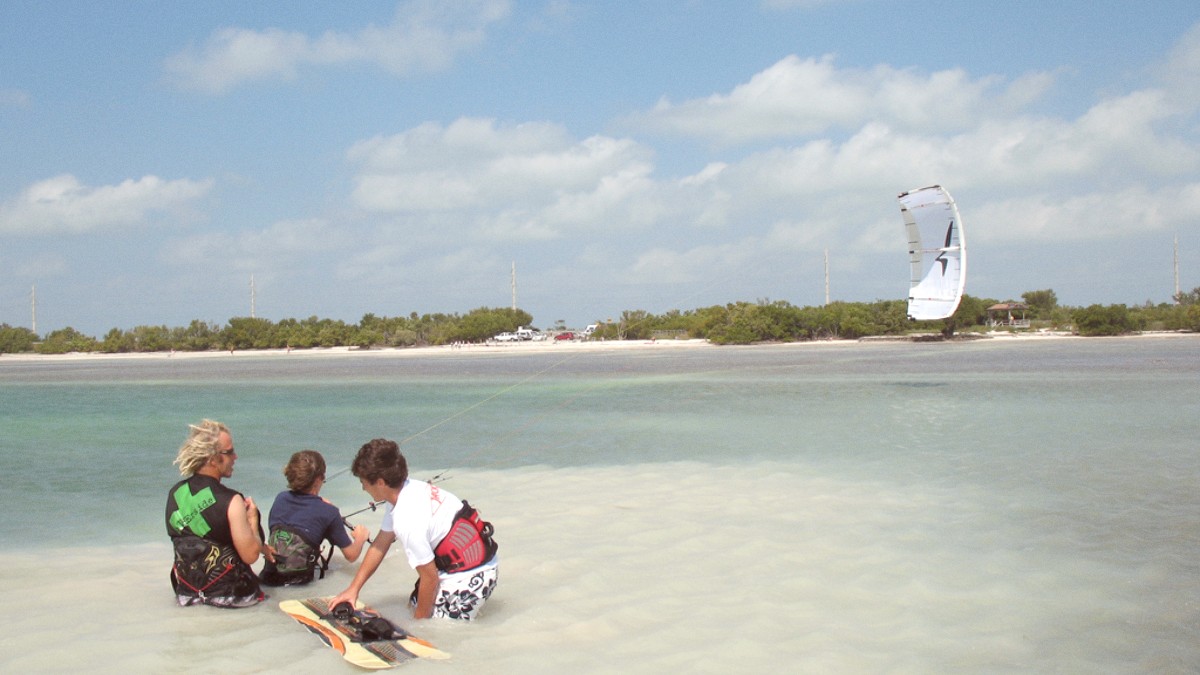
Florida, USA
The islands themselves are mainly composed of ancient coral reefs that rose from the sea, creating low-lying landmasses. The Upper Keys, including Largo and Islamorada, are older coral formations. The Middle Keys, like Marathon, transition into newer limestone formations. The Lower Keys, like Big Pine and West, are the youngest and distinct in their geological makeup. This geological history defines the natural landscapes encountered, from dense mangrove forests to shallow, clear waters ideal for snorkeling.
Connecting these islands is the renowned Overseas Highway (U.S. Route 1), an engineering marvel. This highway spans 42 bridges, including the iconic Seven Mile Bridge, linking Largo to West.
The drive along this highway is a destination in itself, offering breathtaking panoramic views of the ocean on both sides, a constant reminder of the islands' proximity to vast marine ecosystems. This geographical isolation, yet connection by road, shaped the Keys' culture and accessibility, making them a world apart while still part of the American landscape.
The history of the Florida Keys is as rich and layered as its coral reefs. Spanish explorers, most notably Ponce de León, charted these islands in the early 16th century, naming them "Los Martires" (The Martyrs) due to the scattered rock formations appearing like suffering men from a distance. Spanish galleons frequently navigated these waters, and many met their fate on the treacherous reefs, leading to a lucrative shipwreck salvage industry in later centuries.
West, in particular, grew into Florida's largest and wealthiest city in the mid-19th century, thanks to this wrecking industry, sponging, and commercial fishing. Its strategic location made it an important military outpost, especially during the Civil War. The island's unique blend of Bahamian, Cuban, and American influences shaped its architecture, cuisine, and laid-back yet fiercely independent spirit. This cultural mix still defines the charm of West.
Spanish explorers charted the islands, naming them "Los Martires."
West flourished with a shipwreck salvage industry, sponging, and fishing.
West served as a military location, specifically during the Civil War.
Henry Flagler's "Eighth Wonder of the World" connected the Keys by rail.
Much of the railway was destroyed, with remnants now forming parts of the Overseas Highway.
Perhaps the most ambitious undertaking in the Keys' history was Henry Flagler's Overseas Railroad. Completed in 1912, this "Eighth Wonder of the World" connected the Keys to the Florida mainland by rail, transforming them from isolated outposts into accessible tourist destinations.
Although a devastating hurricane in 1935 destroyed much of the railway, its remains now serve as the foundation for parts of the Overseas Highway, a testament to the perseverance and ingenuity that characterized life in the Keys.
This history of resilience, independence, and a close relationship with the sea continues to shape the identity of the Florida Keys and its people.
This cultural mix still defines the charm of West.
The Florida Keys offer a singular travel experience. Picture endless stretches of turquoise water, where fishing boats chase trophy catches like marlin and mahi-mahi. Envision historic towns with charming wooden houses, lively streets filled with music, and sunsets that paint the sky in fiery hues.
Here, the pace of life slows down. You will find yourself drawn to outdoor activities, whether exploring mangrove tunnels by kayak, cycling along abandoned railroad bridges, or simply relaxing on a beach. The local cuisine focuses on fresh seafood and the iconic Lime Pie. Each , from Largo to West, possesses its own distinct personality, inviting discovery of its specific attractions and ambiance.
Endless stretches for fishing and water activities.
Charming wooden houses and lively streets.
Spectacular views painting the evening sky.
The Keys are a destination where natural beauty meets an unique cultural identity, creating memories that linger long after you depart. Prepare for sunny days, warm ocean breezes, and a welcoming atmosphere that fosters both adventure and relaxation.
Late November to April. Superb weather, comfortable temperatures. Higher demand for accommodation and tours, larger crowds.
May and October. Good weather, fewer crowds than peak months. More favorable prices. Increased humidity and possible afternoon showers.
June to September. Lowest prices, fewer tourists. High heat and humidity, frequent afternoon thunderstorms. Peak hurricane season.
Expect to spend $100 - $200 USD per day for hostels, casual meals, free activities, and public transport.
A budget of $250 - $500 USD per day for mid-range hotels, mixed dining, paid attractions, and possibly a rental car.
Plan for $600+ USD per day for luxury resorts, fine dining, private charters, and multiple excursions.